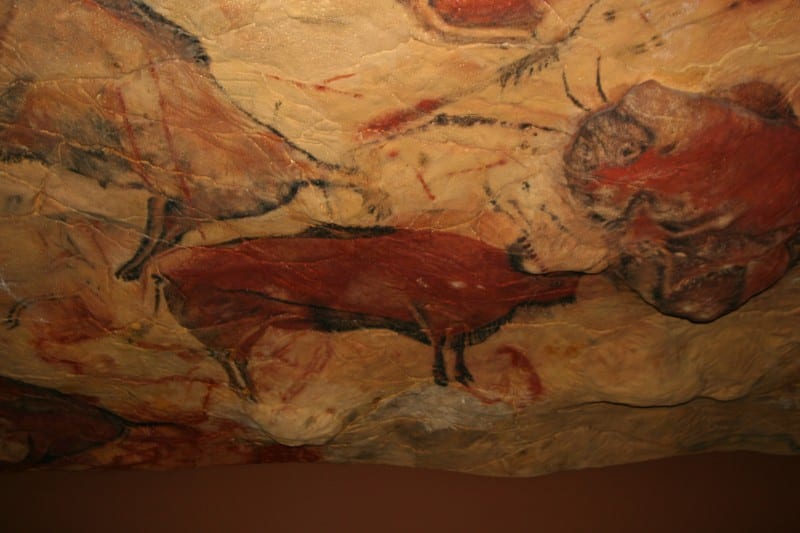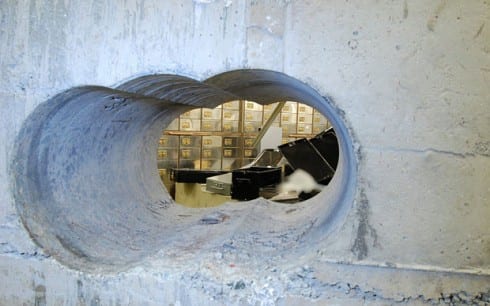A ROW has broken out over access to priceless Palaeolithic cave paintings in Spain.
The UNESCO World Heritage Altamira caves in Cantabria may soon be open to only the richest art lovers after the regional government proposed an auction system to limit visitors.

Currently, five randomly chosen people per week are allowed to view the paintings, which date back to 35,000 BC.
But local politicians have slammed the proposal, claiming it would be elitist.
PP politician José Antonio Lasalle said: “The proposal contravenes the policy of public prices that state museums operate on.
“In this country, access to culture is the same for everybody.”
Francisco Martín, the Cantabria government’s tourism chief, claimed the move would promote Cantabria internationally and ‘wouldn’t affect the weekly lottery of visitors to the site’.
The cave paintings, discovered in 1879, were closed to the public in 1977 following concerns over their deterioration.
They reopened in 2014 with visitors required to wear special clothing.












The notion that UNESCO’s policy of protecting priceless, extraordinary Paleolithic artifacts is ‘elitist’ and should be subject to local ideological wrangling is a truly selfish and ignorant perspective on the part of local politicians.
I am a retired anthropologist who has had the privilege – yes, I said ‘privilege’ – of entering several cave sites in Spain, as well as the astounding Foz Côa canyon in Portugal. I have had extensive talks with archaelologists and students working on these sites. The problem of site deterioration has to do with change of temperature and humidity – really any changes to the consistency of the cave’s internal atmosphere. The only way of diminishing deleterious effects of atmospheric changes and other kinds of damage is to: 1) use air locks between outside and inside; 2) limit the number of warm, sweaty human bodies entering the cave’s interior; 3) forbid photo flashes and other light sources (this is why there are no lights save the guide’s somewhat dim flashlight); 3) to plead with those few people who are granted the privilege – yes, privilege – of stepping back 20,000 years in time to behave according to necessary science-based regulations.
The problem is that already too many people enter these sites by using social and political connections to skirt the sites’ controls.
And a significant number of people entering these sites behave as if they were in a display at a circus or a public museum display made up of papier mache and painted plaster. They ignore multi-lingual admonitions NOT to use flash cameras and NOT to touch the surfaces of any rock faces. But in most tours there are children and adults (many who are regional tourists) who ignore regulations and run their bacteria-laden fingers across surfaces and take flash pictures with smart phones. When rightfully scolded by the tour guide, some become hostile and others, though embarrassed, seem to think that the guide is being obsessive.
Irreplaceable 20,000 year old one-of-a-kind artifacts should not be subject to partisan, libertine, anarchist notions of ‘public policy’. Obsession with protection is justified by their scarcity.
My solution, which I believe to be truly in the public interest, is to re-create the interior experience for the great numbers of tourists, but to limit entry into the actual caves to those who apply for permission by showing they have an intellectual interest beyond that of just having a new tourist experience which could as well be sated by entering a facsimile cave.
Yes, this position will irritate the ideologues, but will preserve the artifacts.
So why not do what the French have done so successfully – create an exact replica and better still, seal the original to all, no exceptions.
Precisely Stuart. One might almost suspect the EU begging bowl is out right now to pay for it. (Or soon will be).
Good suggestion, Stuart.